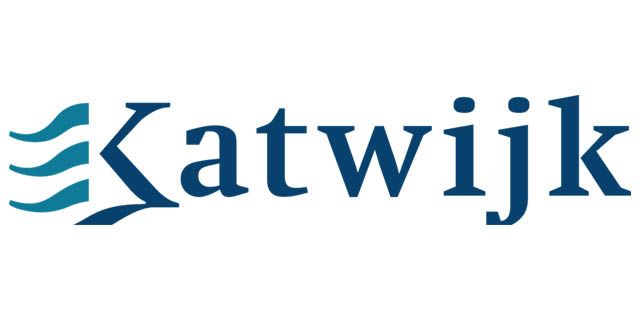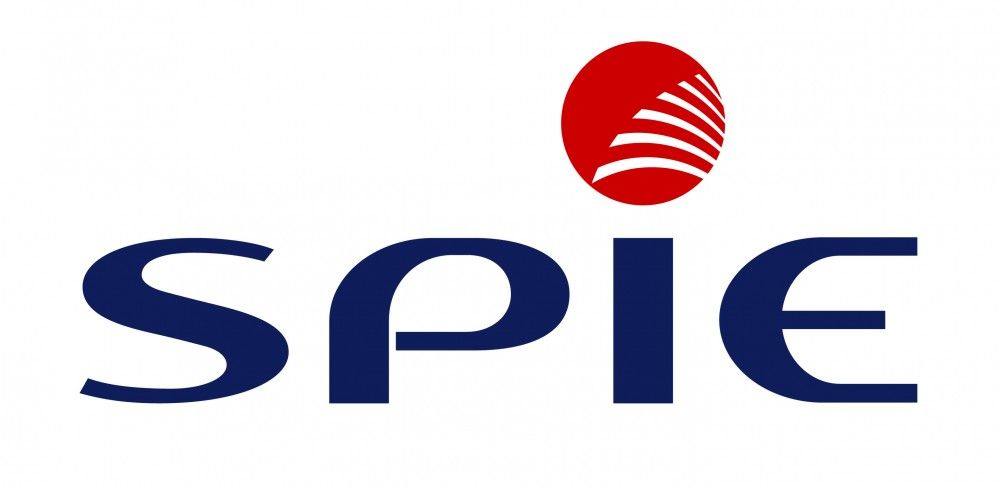Cursusbeschrijving
This course describes how to design and monitor high performance, highly available data solutions with SQL Server. This course focuses on creating plans and designs for database structure, storage, objects, and servers. Students will have the opportunity to practices hands-on skills and design tasks in a virtual lab environment and will learn about topics such as data compression, high availability, data migration, security, and scalability.
{tab Doelgroep}
This course is intended for individuals who design database solutions for organizations and have experience with database development and administering SQL Server databases. These individuals design databases as their primary area of responsibility. They are responsible to plan and design database structure, storage, objects, and servers. They also create the plan for the environment in which the database solution runs.
{tab Voorkennis} Voordat u kan deelnemen aan de cursus 20465 heeft u de volgende voorkennis nodig:
- Cursus M20461: Querying Microsoft SQL Server
- Cursus M20462: Administering a Microsoft SQL Server Database
- Cursus M10776: Developing Microsoft SQL Server 2012 Databases with Microsoft SQL Server
{tab Certificering}
Na het volgen van deze cursus bent u in staat om deel te nemen aan het Microsoft Examen 70-465.
{tab Overige informatie}
This course will be delivered with digital courseware. In order to have the best learning experience you are asked to bring your own second screen to view the courseware. A second screen includes: tablets and laptops.
{/tabs} {slider Cursusinhoud|closed}
Module 1: Designing a Database Server Infrastructure
This module explains how to design an appropriate database server infrastructure for a given business application scenario – including how to decide between on-premise, cloud-based, and hybrid database servers, hardware capacity planning, considerations for storage hardware, and strategies for consolidating database server hardware.
- Introduction to Database Server Infrastructure
- Planning a Database Server Infrastructure
- Analyzing Capacity Requirements
- Considerations for Database Server Consolidation
- Migrating Resources in a Database Infrastructure
After completing this module, students will be able to:
- Describe the options for creating a database server infrastructure
- Describe the considerations for creating a database infrastructure
- Describe how to plan hardware requirements for SQL Server 2012
- Describe the benefits of database and server consolidation and the different options for consolidating
- Describe the methods of managing server resources in a range of database infrastructure consolidation scenarios
Module 2: Designing a Logical Database Schema
This module explains how to design a logical schema for a database based on application requirements. This includes planning the level of normalization, and schema and table design, and the use of views.
- Relational Database Design Techniques
- Using Schemas
- Designing Tables
- Providing Users with a Denormalized View of a Database
After completing this module, students will be able to:
- Describe the key techniques for designing a logical database schema
- Describe the use of schemas in database design
- Describe the considerations for table design in a relational database
- Describe how to use views to provide a denormalized view of database tables to enable users to work with data more easily
- Describe the use of indexed views to improve performance
Module 3: Designing a Physical Database Implementation
This modules explains how to design the physical implementation of a database for a given set of requirements. The design will include data files, log files, filegroups, and data partitioning, as well as whether or not to use data compression.
- Files and Filegroups
- Partitioning Data
- Compressing Data
After completing this module, students will be able to:
- Describe the considerations for creating and placing SQL Server data and log files
- Describe the use of partitioning to improve manageability
- Describe the benefits of using compression to improve performance and storage efficiently
Module 4: Designing a Database Solution for BLOB Data
This modules discusses how to consider options for including binary large object (BLOB) data in a database design.
- Considerations for BLOB Data
- Working with FileStream
- Using Full-text Search
After completing this module, students will be able to:
- Describe the considerations for designing databases that incorporate BLOB data
- Describe the benefits and design considerations for using FileStream to store BLOB data on a Windows file system
- Describe the benefits of full text indexing and semantic search and explain how to use these features to search SQL Server data, including unstructured data
Module 5: Tuning Database Performance
This module explains how to plan and manage indexes to optimize database performance.
- Optimizing Query Performance with Indexes
- Managing Query Plans
- Performance Monitoring and Tuning
After completing this module, students will be able to:
- Describe how to use indexes to optimize query performance
- Describe the importance of query plans in index planning and maintenance
- Describe how to develop a strategy for performance tuning and monitoring
Module 6: Designing Database Security
This module explains the key considerations for designing security for SQL Server instances and databases.
- Designing Server-Level Security
- Designing Database-Level Security
- Transparent Database Encryption
- Auditing Database Activity
After completing this module, students will be able to:
- Describe the design considerations for implementing server-level security
- Describe the design considerations for implementing database security
- Describe how to use transparent database encryption to improve database security
- Describe the design considerations for auditing database activity
Module 7: Using Policy-Based Management
This module explains how to plan policy-based management to manage server instances, databases, and other SQL Server 2012 objects more efficiently.
- Introduction to Policy-Based Management
- Implementing Policy-Based Management
- Planning For Policy-Based Management
After completing this module, students will be able to:
- Understand policy-based management and describe its benefits
- Implement policy-based management
- Describe the considerations for planning policy-based management
Module 8: Monitoring Server Health
This module explains how to plan SQL Server health monitoring and to implement health monitoring by using SQL Server Utility.
- Introduction to Health Monitoring
- Options for Monitoring Health
- Using the SQL Server Utility
After completing this module, students will be able to:
- Describe the benefits of health monitoring and considerations for planning health monitoring
- Identify SQL Server health monitoring options and considerations for planning health monitoring
- Describe how to use SQL Server Utility to monitor server health
Module 9: Designing a Database Backup Solution
This module explains how to identify and implement the appropriate backup strategy for a given scenario.
- SQL Server Backup and Restore
- Planning a Recovery Strategy
After completing this module, students will be able to:
- List the backup and restore options in SQL Server 2012
- Create the optimal backup strategy for a given scenario
Module 10: Automating Multi-Server Maintenance
This module explains how to better plan and manage multi-server maintenance and automation.
- Overview of Maintenance Automation
- Managing Multiple Servers
After completing this module, students will be able to:
- Describe the core concepts involved in SQL Server automation
- List the key considerations for automating administrative processes
- Describe multi-server management for SQL Server 2012
Module 11: Managing SQL Server with PowerShell
This module provides an overview of PowerShell and describes the benefits of using PowerShell to manage SQL Server 2012.
- Introduction to PowerShell
After completing this module, students will be able to:
- Describe the benefits of PowerShell
- Explain the fundamental concepts that underlie PowerShell
- Explain how PowerShell can be used to improve the efficiency of managing SQL Server instances
Module 12: Replicating Data
This module explains how to design an optimal replication strategy from a given set of business and technical requirements.
- SQL Server Replication
- Planning Replication
After completing this module, students will be able to:
- List the replication options in SQL Server 2012
- Identify the appropriate replication solution for a given scenario
Module 13: Designing for High Availability
This module explains how to plan and implement a high availability solution.
- High Availability in SQL Server 2012
- AlwaysOn Availability Groups
After completing this module, students will be able to:
- Choose a high availability strategy for a given scenario
- Describe how to implement and test AlwaysOn Availability Groups
{slider Doelstellingen}
- Design an appropriate database server infrastructure for a given business application scenario
- Design a logical schema for a database based on application requirements
- Design the physical implementation of a database for a given set of requirements
- Evaluate options for including binary large object data in a database design
- Plan and manage indexes to optimize performance
- Describe the key considerations for designing security for SQL Server instances and databases
- Plan policy-based management to manage server instances, databases, and other SQL Server 2012 objects more efficiently
- Plan SQL Server health monitoring
- Implement SQL Server health monitoring by using SQL Server Utility
- Identify and implement the appropriate backup strategy for a given scenario
- Plan and manage multi-server maintenance and automation
- Understand the benefits of using PowerShell to manage SQL Server
- Design an optimal replication strategy from a given set of business and technical requirements
- Plan and implement a high availability solution
{/sliders}
Meer weten over dit onderwerp?
Benieuwd naar de mogelijkheden van een cursus? Vraag vrijblijvend meer informatie aan en we sturen je binnen 24 uur meer informatie op over het desbetreffende onderwerp.


























